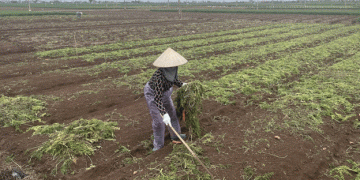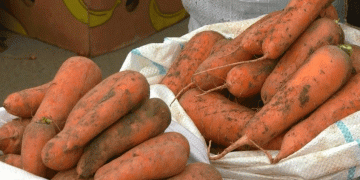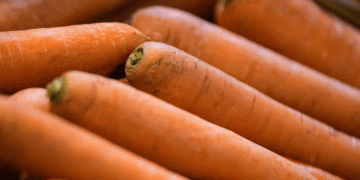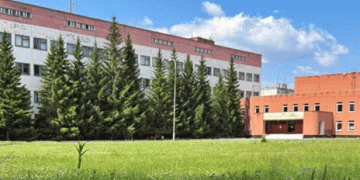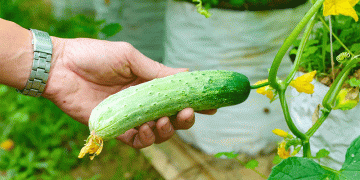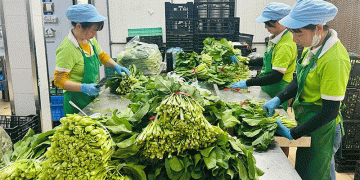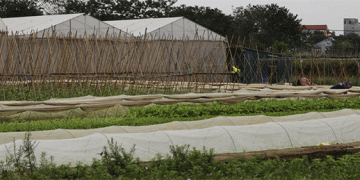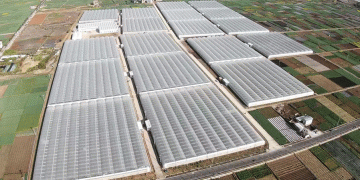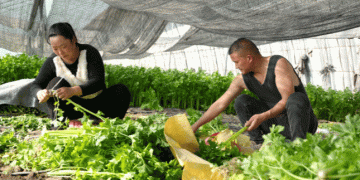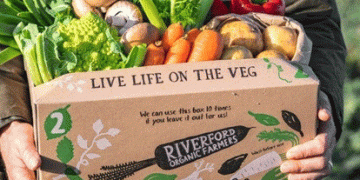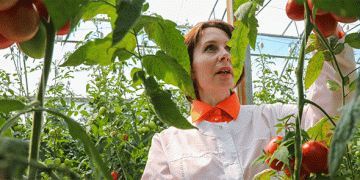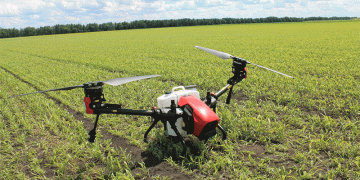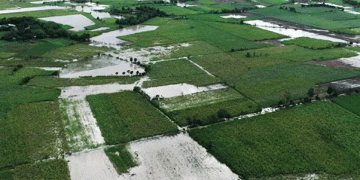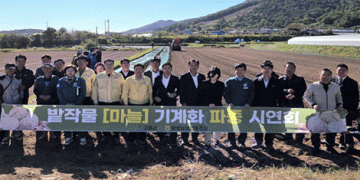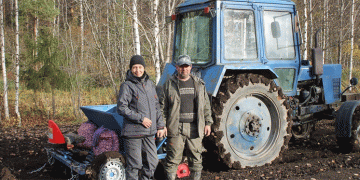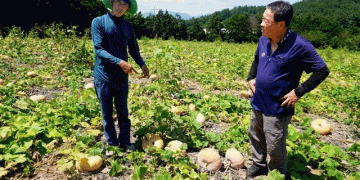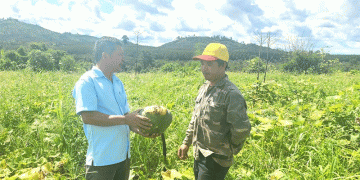In the heart of Vietnam’s carrot belt, Đức Chính commune in Hải Dương province, farmers are grappling with a bitter reality: a bumper harvest has not translated into profits. On the contrary, many fields remain unharvested as prices for fresh carrots have dropped to historic lows, leaving farmers uncertain and financially strained.
A Harvest Without Reward
According to local reports, carrot prices at the farm gate have fallen from 5,500–6,000 VND/kg in previous years to just 2,500–3,000 VND/kg in early 2025. This price collapse has caused many growers to delay or abandon harvest altogether, hoping for a rebound. However, with rising input costs — including seed, fertilizer, pesticide, and labor — many are being forced to cut their losses.
Ms. Nguyễn Thị Hiền, a farmer in An Phú village, stated, “We had a good yield this year, but prices are too low. Even harvesting isn’t worth it. Many of us are switching to short-cycle crops like herbs or leafy vegetables to recover.”
The Numbers Tell the Story
According to Nguyễn Đức Thuật, Head of Đức Chính Agricultural Cooperative:
- Đức Chính has 300 hectares of carrots in the commune and 1,000 hectares under contract farming in other provinces like Thái Bình, Hưng Yên, and Bắc Ninh.
- The average yield is 42 tonnes/ha, with estimated total production reaching over 54,000 tonnes this season.
- Despite previous exports of over 20,000 tonnes each to Japan and South Korea, the current season has seen minimal or no shipments to Japan and reduced volumes to Korea.
The main cause: excessive pesticide residue, particularly Hexaconazole, detected in carrot samples — leading to non-compliance with Japanese and Korean import standards.
Domestic Market Pressure and Logistic Costs
With exports blocked or limited, carrots are flooding the domestic and Southeast Asian markets (e.g., Cambodia, Laos), where prices are significantly lower. Furthermore, transportation costs have risen by 1,300–1,700 VND/kg compared to last year, further squeezing margins.
Adding to the problem, inconsistent irrigation practices have led to uneven carrot sizes and quality issues — particularly green shoulders and tapered roots — reducing marketability. Advanced irrigation like subsurface drip systems, which improve uniformity, are still out of reach for many due to their high costs.
Calls for Change and Crop Diversification
With many carrot farmers leasing land at high rental costs (3.5–4 million VND/sào or ~1,500–1,700 USD/ha), the financial burden is unsustainable under current market conditions. As a result, local officials are encouraging crop diversification, recommending sweet corn, chili, and potatoes, which are already being trialed by some private seed and processing companies in the region.
Trần Văn Tưởng, Chairman of Đức Chính People’s Committee, confirmed that 10 packing and processing centers are currently underutilized, operating below capacity due to poor market demand. He emphasized the need for provincial-level action to:
- Provide guidance on pesticide usage in line with export standards,
- Support access to certified low-residue agrochemicals,
- Promote precision irrigation techniques,
- And facilitate new market access and contract farming opportunities.
Đức Chính’s carrot crisis highlights the delicate balance between high-yield production and market access. Without strict compliance with international safety standards and improved post-harvest handling, even bumper harvests can turn into economic losses. Moving forward, technical training, crop diversification, and better regulation of pesticide use will be essential to ensuring long-term sustainability and profitability for Hải Dương’s farmers.
